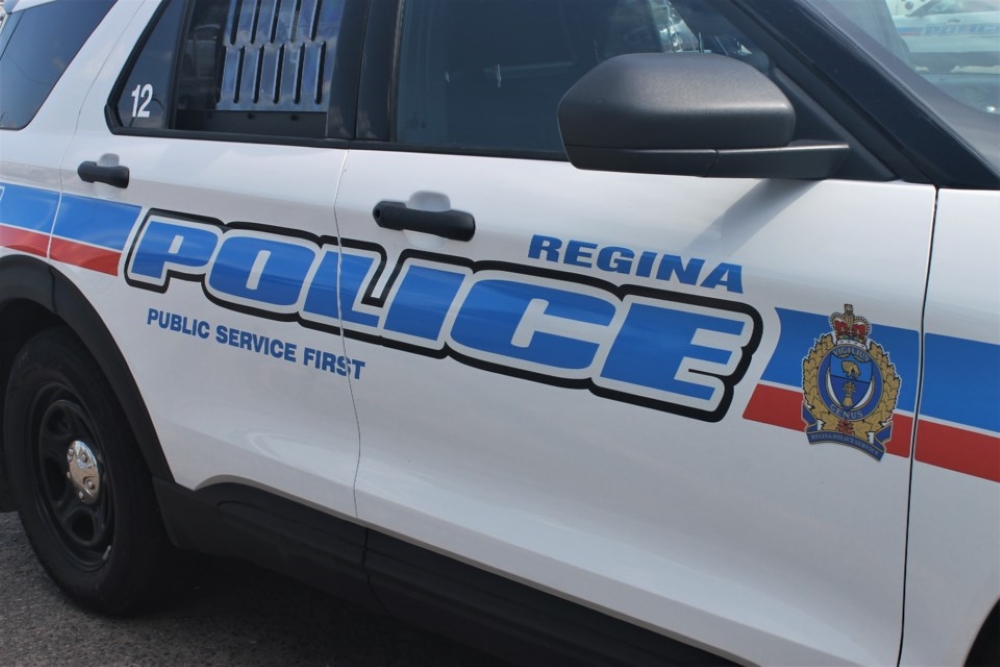Annual meetings will be held on January 9 for Sask Wheat, SaskCanola, SaskFlax. SaskBarley and Saskatchewan Pulse Growers. The meetings are at the Western Development Museum in Saskatoon. Producers and interested observers can attend in-person or virtually.
The SaskPulse meeting is likely to be the best attended and the liveliest.
While all the crop commissions do commendable work, Sask Pulse was the first check-off established in the province and the organization has played a huge role in Saskatchewan becoming a world leader in pulse crops – lentils and field peas and to a lesser extent chickpeas. Sask Pulse conducts a range of activities from varietal development to research to advocacy and market development. It has a full time staff of 14.
Unlike the other crop commissions, the Sask Pulse levy is not refundable. The levy was decreased from 1.0 per cent to 0.67 per cent of pulse sales back in 2016. However, when pulse crop prices are strong, the levy is higher than what producers pay on other crops. The annual report shows $16 million in levy collected for the last fiscal year. This was a budget surplus of $5.6 million, a higher surplus than expected due to research and development initiatives coming in under budget. At fiscal year end, Sask Pulse had net assets of $37.5 million.
At past annual meetings, some producers have expressed concern over growing surpluses. The annual report notes new research investments will be coming on stream.
The big news in varietal development is that Sask Pulse has a new breeding partner – Limagrain. This will mean royalties on new varieties, a departure from the royalty free variety development that occurred in a long-standing agreement with the University’s Crop Development Centre. However, the annual report notes a new breeding relationship is being established with the Crop Development Centre.
The National Farmers Union has put forth an advance resolution for the AGM that pulse varieties fully or partially funded by levy-payers will not have Variety Use Agreements attached. With Variety Use Agreements, producers can save their own seed, but have to pay to use it each year.
To register for any of the crop commission meetings on January 9, just log onto saskcrops.com.








